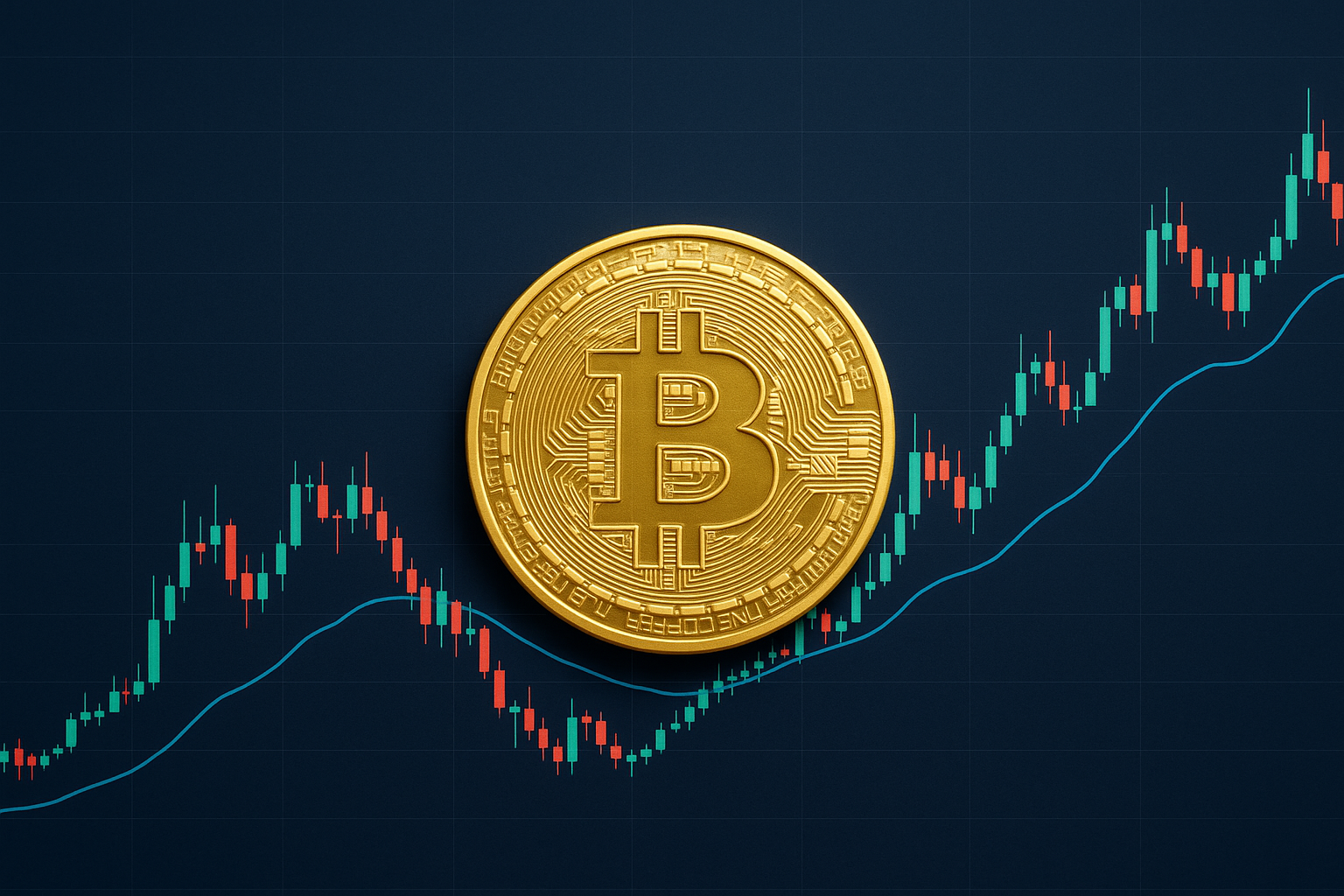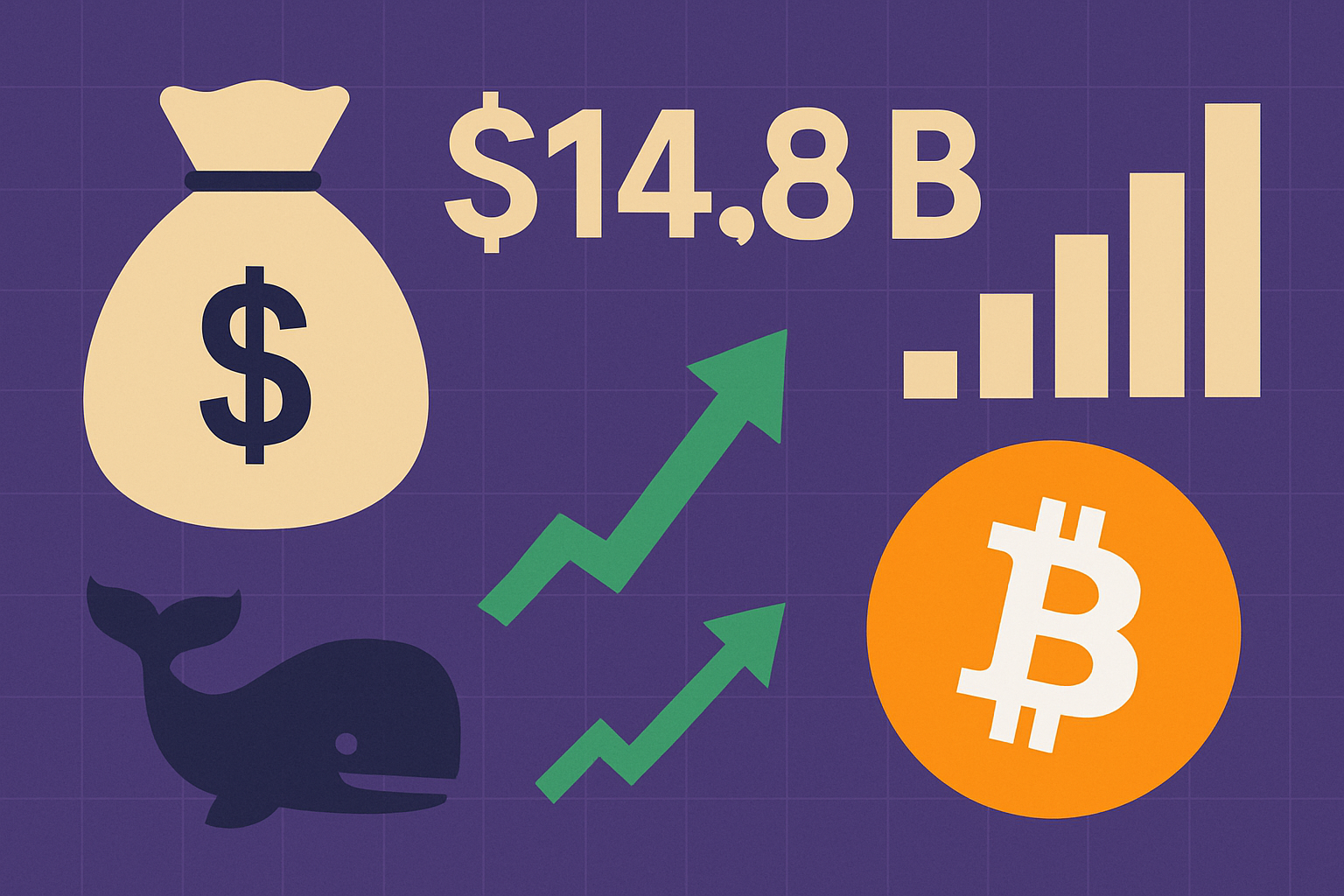Introduction
The world’s largest cryptocurrency has done it again. In an extraordinary moment for the financial world, Bitcoin has reached a new all-time high in July 2025, setting the stage for another intense period of debate, speculation, and opportunity. Just when many thought the digital asset had peaked, it surged past previous limits, cementing its position not just as a speculative asset, but as a foundational piece of the future financial ecosystem.
While cryptocurrencies have always existed in a state of flux, this recent rise has caught global attention. From retail traders to institutional investors and central bankers, all eyes are on Bitcoin. What’s behind this historic price movement? Why is this surge different from previous ones? And what does it mean for the future of digital assets?
Bitcoin Reaches Historic Heights In July 2025
In early July 2025, Bitcoin crossed a significant threshold, climbing to a record high well above $118,000. This surge has broken not only price records but also psychological and geopolitical barriers. The timing is no coincidence. The crypto market has been experiencing several tailwinds that, when combined, created the perfect storm for this bull run.
Investors who entered the market in the early 2020s, especially those who weathered the 2022–2023 bear market, are now seeing astonishing returns. But this rise isn’t just about numbers. It symbolizes a shift in how financial assets are perceived, valued, and integrated into the modern economy.
What’s Driving The Latest Bitcoin Surge?
Institutional Investment and Global Demand
One of the core drivers behind Bitcoin’s latest rally is the renewed interest from institutional investors. Hedge funds, banks, pension funds, and tech giants have once again turned their attention to digital assets, particularly Bitcoin, as a hedge against economic instability and inflation.
The increased allocation of portfolios to Bitcoin has triggered large-scale buying, further pushing up demand. This demand is global in nature — it’s no longer centered in North America alone. Financial powerhouses from Europe, Asia, and the Middle East are participating in the rally, making it truly international.
The Trump Administration’s Soft Stance on Crypto
Political winds have also shifted. With Donald Trump back in office in 2025, the U.S. administration has adopted a softer regulatory stance toward cryptocurrencies. While not officially endorsing Bitcoin as a currency, the administration has made clear that it supports innovation in the blockchain sector.
This policy position has created an environment of reduced regulatory fear, which traditionally stifles market growth. Exchanges, investors, and miners now feel more confident operating in the United States — the world’s largest financial market — without the looming threat of a sudden crackdown.
Supply Reduction Through Halving and HODLing
Another important aspect is Bitcoin’s supply mechanics. The latest Bitcoin halving occurred earlier in 2024, reducing the mining reward from 6.25 to 3.125 BTC per block. This natural tightening of supply has historically led to price increases within 12–18 months, and 2025 is following that same pattern.
Moreover, a large portion of Bitcoin is being held in cold storage by long-term investors. These “HODLers” are not selling at current prices, confident that even higher valuations lie ahead. The reduced available supply on exchanges has intensified the price rally due to demand outweighing sell pressure.
Bitcoin’s New High: Impact On Global Markets
Gold and Traditional Assets React
The financial markets are always reactive, and the recent surge in Bitcoin is no exception. Gold, traditionally the go-to hedge during times of uncertainty, has seen a modest rise, but not to the same extent as Bitcoin. This has led to growing discourse about whether Bitcoin is replacing gold as the premier store of value in the 21st century.
At the same time, traditional stock indices have shown volatility. While some investors are pulling funds from equities to chase crypto gains, others are using Bitcoin profits to reinvest in tech stocks — creating a complex and dynamic market structure.
Central Banks and National Currencies
Some national currencies, especially in developing nations, are facing pressure due to capital outflows into crypto. Central banks from countries like Argentina, Nigeria, and even Turkey are reportedly concerned about crypto undermining their monetary policy.
There are also whispers of sovereign digital currency development accelerating in response. China’s digital yuan pilot is expanding, and other nations are racing to implement central bank digital currencies (CBDCs) to maintain control over monetary systems.
Bitcoin As An Asset Class: Legitimacy And Evolution
Over the past decade, Bitcoin has evolved from an obscure internet experiment into a full-fledged asset class. While skepticism remains among some older economists and policymakers, the financial industry has largely accepted Bitcoin’s presence and potential.
Today, Bitcoin is traded on major platforms, settled through institutional-grade custodians, and regulated in key jurisdictions. Financial products like spot Bitcoin ETFs, futures, and tokenized bonds further enhance its legitimacy.
What’s particularly fascinating is how Bitcoin is now being discussed in classrooms, boardrooms, and even by central bankers. It’s no longer just a speculative bubble — it’s a part of the modern financial conversation.
Risks And Volatility Still Linger
Despite the optimism, it’s crucial to remember that the crypto market is inherently volatile. Prices can swing wildly based on sentiment, regulatory news, or macroeconomic changes. The very same factors that drive growth — speculation, decentralized access, and limited oversight — can also lead to crashes.
Investors are advised to approach with caution. Market corrections are not only possible but expected. While the current rally feels euphoric, history shows that sharp retracements often follow major price surges.
What Lies Ahead For Bitcoin?
Looking forward, several factors will influence Bitcoin’s trajectory. Technological developments in the blockchain space, regulatory shifts, and institutional sentiment will all play a role. However, what seems most promising is the growing global acceptance of Bitcoin not just as an asset but as an idea.
The notion of decentralized, borderless money is no longer theoretical. It’s practical, it’s scalable, and it’s here. Whether used as a hedge, a payment tool, or a long-term investment, Bitcoin is playing a role in reshaping finance.
The next few months will be crucial. If Bitcoin can hold its gains and avoid a significant correction, it may finally break the cycle of boom and bust that has defined its history. In doing so, it would elevate itself from the realm of speculative finance into the fabric of global economic infrastructure.
Conclusion
Bitcoin’s record-breaking rally in July 2025 marks more than just a surge in price—it represents a pivotal transformation in the global financial landscape. What was once dismissed as an internet novelty or a speculative bubble is now a recognized financial asset held by some of the world’s most respected institutions, traded on regulated platforms, and increasingly accepted by governments and corporations alike.
This historic high is not a standalone event. It is the result of years of growing adoption, technological maturation, and shifting perceptions about value, sovereignty, and decentralization. Bitcoin has evolved from a fringe movement to a cornerstone of financial strategy. Its decentralized nature, limited supply, and global accessibility have positioned it as a powerful hedge in uncertain times and a symbol of financial autonomy.












